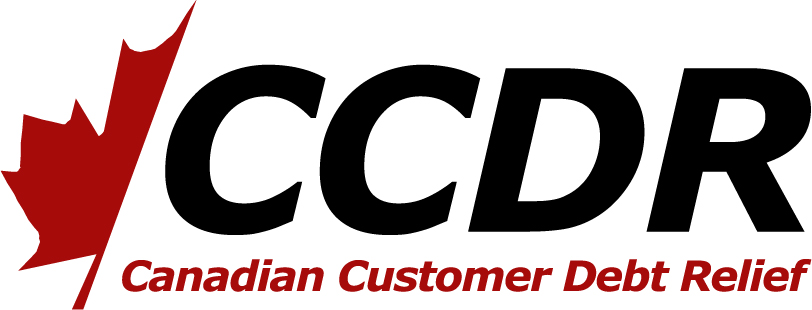
Saving for Retirement in Canada
Saving for retirement is an incredibly important part of successfully planning for your future, especially if you live in Canada. There are a lot of options available, and they can help you build up the funds that will allow you to retire comfortably. In this blog post, we’ll go over some of these different options so that you know exactly how to get started saving for your golden years!
Saving for retirement is important no matter where you live in the world.
Saving for retirement is important no matter where you live in the world. If you don’t save, then you won’t have enough money to last until the end of your life.
Saving early is one of the best ways to ensure that you’ll have enough money in retirement to cover all of your expenses. The earlier you start saving, the more time it has to grow. This means that if you start saving at 25 years old, your savings will be able to grow faster than if you started at 35 or 45 years old. To help put this into perspective:
- If you save $500 per month from age 25 until 65 years old and earn an average annual return on investment (ROI) of 5%, then by age 65, this would translate into about $330,000! That’s a lot more than if someone starts saving only five years later at age 30 and then stops contributions altogether after retiring at age 65 (which is actually quite common).
- Alternatively, if someone started contributing just $50 per month starting at age 25 years old but stopped making contributions altogether once they retired at 65 – again assuming average investment returns over those 40 years – they’d still end up with only $28,000 in total savings by retirement day!
Many Canadians benefit from a workplace pension plan.
Many Canadians benefit from a workplace pension plan. In fact, about two-thirds of all Canadians have an employer-sponsored pension plan. This is one of the best ways to save for retirement because your contributions are matched by your employer, and some employers also offer additional contributions.
Workplace pensions are required to meet certain standards, such as offering lifetime income options and having enough money set aside to pay out benefits when they’re due.
The Canada Pension Plan (CPP) provides pension benefits to retirees.
The Canada Pension Plan (CPP) provides pension benefits to retirees. CPP is a mandatory pension plan for most workers in Canada. It covers nearly all employees and self-employed persons who work in Canada and make regular contributions, either through voluntary deductions from their pay or by paying directly into the plan. If you don’t contribute to the plan, you will not be eligible for CPP benefits when you retire.
CPP provides monthly benefits to eligible workers after they retire, become disabled or die. These benefits are based on your earnings history and how long you contributed to the plan.
The Old Age Security (OAS) provides another important source of retirement income for many retirees.
The Old Age Security (OAS) provides another important source of retirement income for many retirees. OAS is a monthly payment from the government that’s available to Canadian citizens who are 65 years or older and currently living in Canada.
If you live in Canada, you can apply for OAS regardless of whether you’ve ever worked in Canada or not. However, if you were born outside of Canada and became a Canadian citizen after age 18 (or 21 if born before 1947), the earliest date that your OAS could begin is July 1st of the year following your 60th birthday.
The good news about OAS is that it’s not taxable income! That means no matter how much money comes from your pension plan(s) or other investments, any amount received from OAS will be deducted from what is owed by the government at tax time—it won’t count against your taxable income at all! The bad news: while these payments are not considered taxable income by Revenue Canada, they’re still counted toward determining eligibility for other benefits like Employment Insurance and Guaranteed Income Supplement (GIS). This can have an impact on whether those sources will pay out enough money so as not to affect other benefits such as CPP disability insurance or provincial health care coverage premiums.
The Registered Retirement Savings Plan (RRSP) is an account that will help you save and invest for retirement.
The Registered Retirement Savings Plan (RRSP) is an account that will help you save and invest for retirement. Contributions are made with after-tax money and the amount of your contribution is deducted from your taxable income. The amount you contribute to your RRSP will be based on your eligibility, which depends on how much you earned in the previous year. For example, if you earned less than $46,605 in 2018 ($52,923 combined income if married or common law), then your maximum contribution is 18% of your net income up to $26,230 ($29,040 combined income if married or common law). However, these limits can vary depending on whether you have unused contributions room from previous years and provincial tax rates.
For each year that you make contributions before April 1st following any given tax year (e.g., 2019), there’s a grace period until December 31st during which time withdrawals aren’t taxable; however when withdrawing funds after this deadline without incurring penalties requires being over 71 years old or having financial need related to purchasing a home or paying medical expenses . You may also be able to transfer some of the investment earnings into an RRIF – Registered Retirement Income Fund at any time without penalty; however this option requires starting mandatory withdrawals within seven years after opening one up
Tax-Free Savings Account (TFSA) helps you save and invest without paying tax on your earnings.
The TFSA is a savings vehicle that lets you invest your money without paying any tax on your earnings. While it’s similar to an RRSP in that it’s meant for long-term saving and investment, there are a few major differences:
- You can use the TFSA for short term goals like saving for a car or house, as well as retirement.
- Unlike an RRSP, there are no age restrictions on when you can start contributing to your account (but if you withdraw money before age 65, it will count towards your income).
- You won’t be taxed when withdrawing from your account, but if you sell shares outside of the account they will be taxed as capital gains which means they may be subject to higher rates than normal income tax rates.*
There are a lot of options for saving for retirement in Canada and it’s important to take advantage of them!
There are a lot of options for saving for retirement in Canada, and it’s important to take advantage of them! For example, if you’re eligible, you can contribute to an RRSP (Registered Retirement Savings Plan), which is a tax-deferred savings plan where you get a tax refund on your contributions. You can also save in an RESP (Registered Education Savings Plan), which will help pay for post-secondary education. And there are many more kinds of plans available!
The Canada Revenue Agency has some great tools on their website that can help you figure out how much money you’ll need when the time comes to retire. They even have calculators that will tell you how much should be saved each month so that by the time retirement arrives, there will be enough saved up to last until death or old age!
Conclusion
Canada has many great retirement savings options for Canadians. It is important to take advantage of these options so that you can save up for your retirement years and enjoy them!
